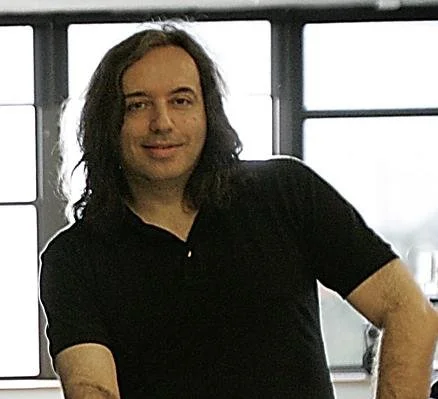Jonathan McDowell, Harvard-Smithsonian Astrophysicist
Click on the links below for Lesson Plans, Project Ideas, and Additional Resources.
JONATHAN-MCDOWELL-The-Harvard-Computers
Grade Level: Middle School, High School
English Language Arts, Science Social Studies
JONATHAN MCDOWELL and SY MONTGOMERY Design Your Own Alien
Grade Level: High School
Science, Chemistry, Environment
From the Smithsonian:
NASA’s Chandra X-ray Observatory is a telescope specially designed to detect X-ray emission from very hot regions of the Universe such as exploded stars, clusters of galaxies, and matter around black holes. Because X-rays are absorbed by Earth’s atmosphere, Chandra must orbit above it, up to an altitude of 139,000 km (86,500 mi) in space.
Smithsonian-developed Lesson Plans K-12
Sizing Up the Universe
If the Earth is the size of a Brussels sprout, how big is the Sun? If the solar system is the size of a fried egg, how big is our galaxy? In this interactive challenge, you can guess relative sizes in outer space, and then do the math to check your guesses.
MISS LEAVITT’S STARS – In conjunction with Track 08, The History of the Harvard Observatory. At the turn of the 20th century, “computers” were not machines: instead, they were a group of female astronomers hired by the Harvard Observatory. Their role was not to observe or discover, but simply to process the observations of their male counterparts; women were not permitted to use the telescope. Henriette Swan Leavitt, an aspiring astronomer of independent means, took on the role for a wage similar to what she would make working at a textile mill and was assigned to study variable stars. Her calculations allowed her to discover something truly remarkable: a means to measure the distance to astronomical features like galaxies and nebulae, and a new sense of how large the universe truly is. This true story of the woman who changed the way we see the night sky is fascinating and inspiring. (High School Level).
In this audio, Jonathan will guide you through subjects that skirt the outer boundaries of human understanding. Such things as what we have recently come to know about the universe, what these findings mean, and what we are seeking to discover.
He touches on various subjects ranging from the history – and future – of the space program, to the search for black holes and understanding why we all are, in fact, made of stardust.
-
Dr. Jonathan McDowell
-
Dr. Jonathan McDowell
-
Dr. Jonathan McDowell
-
Dr. Jonathan McDowell
-
Dr. Jonathan McDowell
-
Dr. Jonathan McDowell
-
Dr. Jonathan McDowell
-
Dr. Jonathan McDowell



